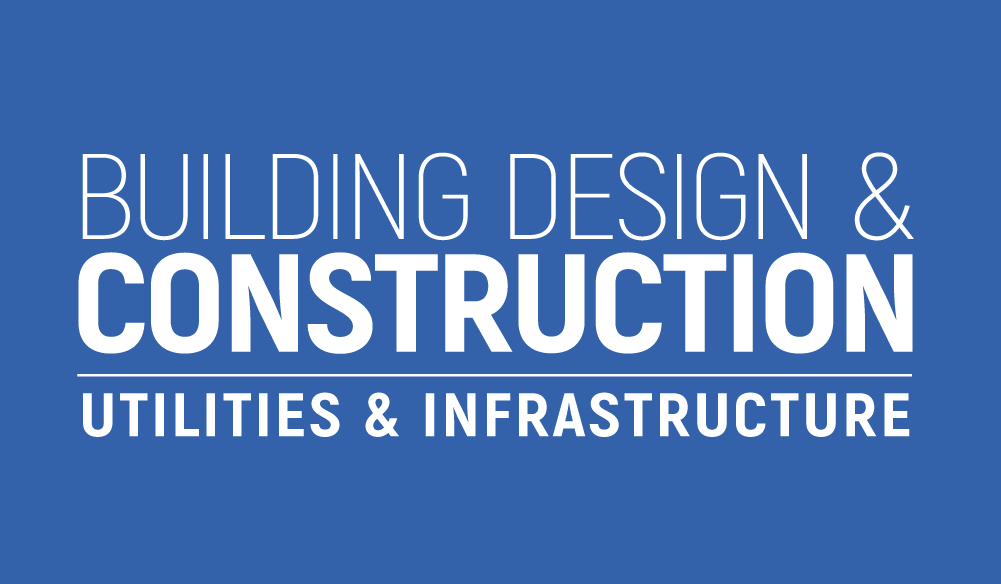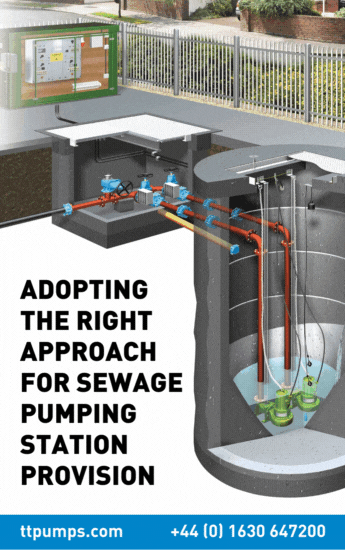Unless you have specific experience in electricity and power, you might not realise the effect that power quality can have on a building or business. Having power of the correct quality is very important for the smooth running of electrical equipment. If your business or organisation lacks adequate power quality, it can cause all sorts of issues such as devices malfunctioning or even losing supply entirely.
Utilising specialist equipment known as power quality analysers it is possible to track and understand power quality, as well as to get an idea of when you are having power quality problems. However, there are many different types of power quality issues, and to be able to come up with a solution, you need to understand what they are and how they work.
Here are six of the most common power quality issues experienced by buildings and businesses, as provided by Outram Research, the world leaders in power quality monitoring. If you are suffering any of these, it could be having a huge knock-on effect to your productivity and even energy bills.
- Voltage dips
A voltage dip occurs when there is an under voltage for a short duration. Technically this can be referred to as a reduction in supply voltage which is then followed by a recovery after a very short period of time. Typically, voltage dips are caused by a fault within your own system, and can also be caused by events such as starting up a large load.
The impact of a voltage dip can vary enormously. It could be the cause of nothing more serious than flickering lights to serious tripping of important electrical loads.
- Voltage spikes or surges
The opposite of a voltage dip is a voltage spike or surge. They occur when there is a rise in voltage and are categorised as a spike when they are almost instantaneous, and categorised as a surge when it has a longer duration. It is generally defined as a surge when voltage is measured to be 110 per cent or more above the normal.
These events typically occur when electrical equipment us turned off, and a large amount of electricity that was being used returns to the system. This can cause problems for computer systems, as surges can see equipment switching off.
- Power sag
Another common issue for power quality is known as a power sag. These are short-term events and they see a reduction in the voltage magnitude. Given that a small reduction in the system voltage can have very serious negative effects, it’s not surprising that sags can be extremely damaging to your computer system.
- Electrical line noise
Electrical line noise is quite different from the problems listed above. This occurs when either radio frequency interference or electromagnetic interference causes negative effects in the circuits of computer systems. There can be many reasons for this occurring such as microwave radiation, broadcasting transmissions or electrical storms.
You might not realise that line noise could be so damaging, but it can cause all sorts of errors and shutdowns on electrical devices.
- Under voltage
Under voltage is a major problem. It can be caused by a variety of issues such as voltage regulator malfunctions, incorrectly configured transformers and excessive network load. There can also be other factors such as lack of reactive power support on a network. When systems experience under voltage it can lead to issues with overloading, as equipment may require an increased current to maintain power.
- Interruptions
There are two different forms of total interruption of the electrical supply – short interruptions and long interruptions. Short interruptions are considered to be those than last for up to 1 or 2 seconds (although they can only last milliseconds), while long interruptions are those that have a longer duration than 2 seconds.
The main causes of short interruptions are insulation failure and insulator flashover, but lightning can also be an issue. Long interruptions are typically an issue cause by equipment problems in the power system network such as storms, objects striking power lines and human error. Long interruptions can clearly be one some of the most disruptive power issues.





